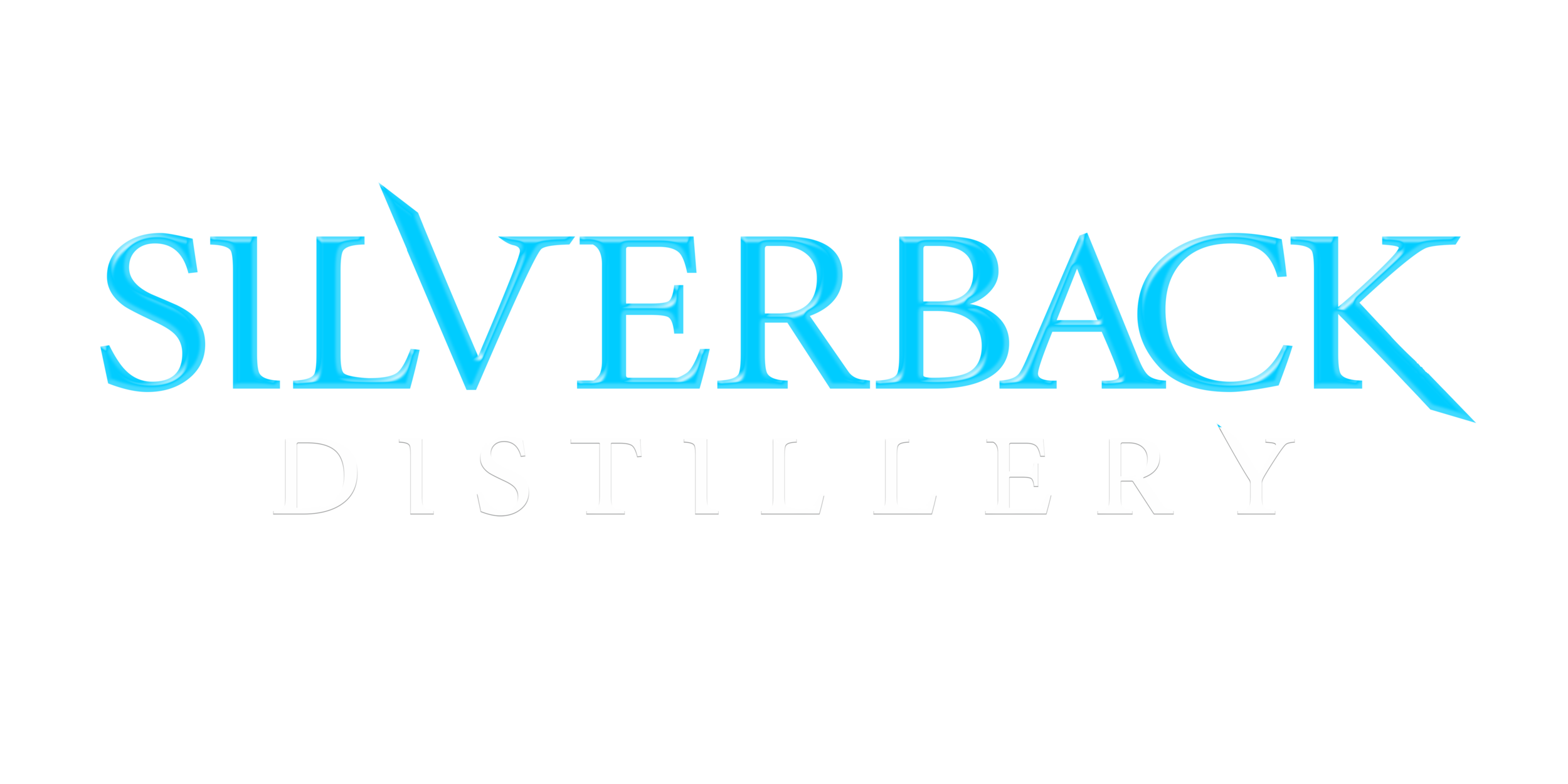Virginia’s Distilling History
Alcohol production has been a part of American history since the first European’s arrival. Water in Europe was often contaminated and diseased, and the new arrivals were leery of the North American water. Beer provided a clean source of hydration. Whiskey was medicinal. Both were a caloric supplement, and a way to turn surplus grain into more easily transportable commodities. George Thorpe founded the first distillery in Virginia in 1621 about 20 miles from the Jamestown colony. He is credited as the first person to create corn beer and corn whiskey, which is the ancestor of bourbon. Through the 1600s, small-scale distilling monopolized the landscape, however, as the 1700s emerged, there were increasing numbers of large distillers throughout the frontier.
Spirits in Virginia Culture
Spirits were a dominant part of the Virginian culture. Recipes for punches can be found to include local herbs, honey, and fruit to be served for guests. Rum and whiskey provided the base for most of these elixirs. Although rum dominated the drinking culture of the eastern seaboard, whiskey would emerge king on the interior. As Scotch-Irish immigrants poured into the colonies throughout the 18th century, the less expensive land of the frontier led many to migrate to inland parts of Virginia, Pennsylvania, and the Carolinas. These farmers originated in the plantations of Ireland and were skilled farmers and distillers. Distilling sugar products into rum would require imports from the Caribbean to the foothills of the Appalachian Mountains, which was costly and time-consuming. But corn and other grain products’ utility as a food source, feed for animals, fuel for fires and a distillable product made it the perfect product for them to grow in the backcountry of the colonies.
Whiskey as the Lifeblood of the West
Whiskey was a savior for the frontier farmers. When farmers were lucky enough to grow surplus grains, rather than letting these products rot, they could turn the corn, rye and barley into whiskey. As most were subsistence farmers, few had cash to exchange for goods and services. Whiskey, though, filled this void. The utility of whiskey was well known, and it quickly grew as a form of cash. It is important to note that most of this distilling was not for mass consumption, or for pleasure, but rather one of occasional production, after harvest produced a surplus. Most of the whiskey produced was consumed on a local level, and stayed within communities as farmers would pay part of their workers’ wages in liquor. Thus whiskey was almost always clear, and typically not aged more than a few weeks. This raw whiskey led to consumers adding their own flavoring and punch recipes. Honey, fruit, anise and cinnamon were among the most popular. Workers would bring a clay jug to receive their liquid wages. It would not be until the 19th century that whiskey would be aged for longer periods of time and shipped in wooden casks to market.
By the end of the 18th century, distilling whiskey was a major part of the Virginian culture. President George Washington was the largest distiller in the state, and James Anderson, the plantation manager at Mount Vernon and a transplanted Scot, used a mash bill that had about 60% rye, 35% corn and 5% barley. Mount Vernon produced approximately 11,000 gallons of whiskey in 1799, the last year of Washington’s life. By the early 19th century, the rise of temperance movements, and changing immigration led to a decline in alcohol consumption, especially whiskey, significantly hurting the distilling industry in Virginia. It would not be until the early twentieth century that this would begin to change.
Whiskey is the perfect American product. Born of European traditions and innovations, brought to North America by immigrants, but then adapted and changed with American crops and flavors. It has changed with the growing nation, and defining experiences of the country as the frontier has been opened.
-Written by Dr. Steve Haller
About the Author
Dr. Steve Haller is a historian of Early America and the Scottish Enlightenment. When not studying and teaching history, he is enjoying a whisk(e)y with some friends. He writes about the history of whisky and the great traditions within the whisky industry. He can be found on Instagram and Facebook @whisky_of_life. Follow his writing at : https://whiskyoflife.wordpress.com
